October 27TH Double R Fishing Report "End of Season"
Friday, October 24, 2014:
This is my final blog entry of the season. I have been somewhat remiss in blogging at times, not because I was too busy fishing, but rather because my computer’s “mother board” self-destructed in August and about two weeks ago I had trailer fire and have been preoccupied packing the contents to move them to replacement trailer in Oregon. I vow to be more diligent next season. If you get a chance, email any suggestions you might have regarding what information you would like to see in my blog next season. Is it just fishing reports? Fly tying tips? Fly recipes? Fishing strategies? Fish tales? Stories about other Members?
We’ve certainly had an interesting season on the Double R Ranch. To be honest, I began to tear when I saw how low the creek was upon my arrival in mid-April. Word was that the fishing would suffer on the Ranch but, in the view of many, we had some of the best June fishing in memory. While only the lower 6 “beats” were fished early season, the renovated Pond provided expanded water to fish and rising trout were dependable, provided the wind stayed down. We received a pleasant surprise in the form of a Green Drake hatch the first 5 days of the season. My opinion is that the nymphs came down with the silt from the Pond Project; now that we’ve “seeded” the Ranch water and lowered the water temperature I believe there is a good chance that the Green Drake hatch will be an annual event. We got up to normal creek levels at the end of July as soon as the Water Master shut down surface irrigators up valley, and I felt that life had begun anew! I firmly believe that had the Pond Project not lowered water temperatures by 4 degrees when we moved to 85 percent bottom release, we would have seen fish kills during the summer. To my observation the Pale Morning Dun hatch was brief but denser this season, and the Trico hatch was scattered but present on the Ranch water for quite some time. We saw very few Damsels this season, perhaps because of the lower water temperature. Next season be on the lookout as we very well could experience fishable hatches of “Sulfur” mayflies and Gray Drakes, due to the lowered water temperatures.
The most difficult fishing of the season was experienced during our two Indian summers when the unseasonably warm temperatures retarded the hatches of Fall Baetis and Mahogany Duns. But, the cold fall temperatures have arrived and two days ago I ran into what I felt was the first legitimate hatch of Fall Baetis, ranging from a #16 to a #18.
I want to personally thank all the Members who contributed to my “Silver Creek Willow Project” which kicked off at the Members’ Barbecue and continued through the summer. We raised a total of $4,000 which will buy us 196 five gallon buckets of rooted willows (four varieties) 25 gray alders, plus 8 shade trees (two each to be planted at the access points with picnic tables and the toilet). Next April the plants will be installed in appropriate locations from Beat 6 down to Beat 1, the willows in the Canary Grass and the Gray Alders in the streamside sedge. I am optimistic that over time these plantings will go a long way towards providing shade and refuge for fish up against the bank, will help cool the water and will provide wind breaks for the angler. I will personally defray the cost of spraying rings of fish safe herbicide in the Canary Grass which can often out-compete young willows.
Last week I spread a pound of Wild Blue Flax seed, a native wild flower which has done well when seeded elsewhere along Silver Creek. Next spring I will be raising yellow Monkey Flowers and Indian Paint Brush from seed and planting them in the moist riparian zone; most spring creeks feature wild flowers like these and they are a delight to me.
Next season, in conjunction with Picabo Anglers, I am going to present two seminars focusing on aquatic entomology pertinent to the Ranch water and related fly selection. Several Members have told me that they would benefit from information regarding the succession of insect hatches through the season and some fly patterns addressing particular situations. The Double R Ranch Fishing Club wants to do what it can to maximize Members’ fishing experience. When we have dates and times we will be sure to get that information out to you.
Over the winter I will be drawing up plans for several access improvements, both boardwalks and hand rails, to be installed along the newly renovated Pond. Any ideas regarding location or design would be appreciated. I want to make the Pond accessible to every Member.
If you have any suggestions for improving the experience on the Double R Ranch, pop me off an email or give me a phone call.
Thanks, again, for another great season on the Double R Ranch. I look forward to seeing all of you next season.
Doug Andres
(503) 939-7657
